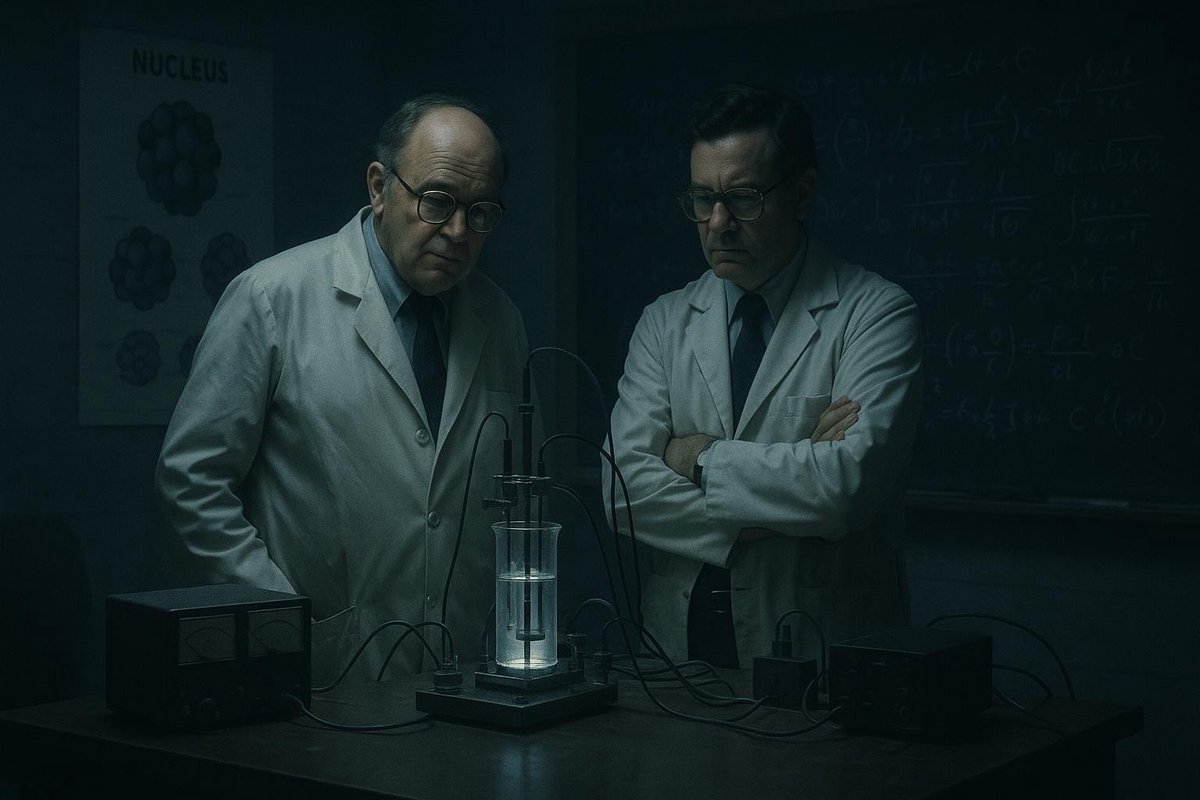
Back in 1989, the world of science shook with excitement over a phenomenon that promised clean, virtually limitless energy: cold fusion. The concept captivated scientists and the public alike, hinting at a future free from reliance on fossil fuels. However, this dream met with skepticism and controversy. What went wrong? And why does this saga continue to matter?
The Problem Context: An Energy Frontier
In the late 20th century, the world was at a crossroads. Fossil fuel concerns and nuclear risks prompted a search for alternative energy. Cold fusion, the idea that nuclear reactions could occur at room temperature, seemed like a miracle.
- Energy crisis: The oil embargo of the 1970s left a lasting impact.
- Environmental concerns: Growing awareness of climate change.
- Existing nuclear power: Viewed as dangerous and expensive.
The stage was set for revolutionary ideas. Yet, many overlooked the scientific hurdles, focusing on the allure of the outcome instead of the process. Cold fusion promised to break the limits of conventional nuclear reactions, but the path was far from clear.
Theoretical Breakthrough: From Lab to Limelight
On March 23, 1989, Stanley Pons and Martin Fleischmann announced a breakthrough in cold fusion. This wasn’t just science—it was potential magic.
- Atomic theory: Cold fusion challenged established nuclear physics.
- Experimental claim: Reports of excess heat from palladium electrodes in heavy water.
- Scientific fervor: Institutions scrambled to replicate results.
The excitement was palpable, yet the scientific community was divided. The lack of reproducible results raised questions: Was this a revolution, or a mirage? The potential was enormous, but so was the skepticism.
Supporting Evidence: Or Lack Thereof?
As researchers raced to replicate Fleischmann and Pons’s results, discrepancies arose. The initial excitement gave way to doubt.
- Failed replications: Few could reproduce the excess heat.
- Peer review struggle: Results were not consistent.
- Public and media frenzy: Amplified the divide between believers and skeptics.
The scientific method relies on reproducibility, and in its absence, cold fusion became a cautionary tale. The dispute wasn’t merely scientific; it reflected deeper tensions in research funding and scientific prestige.
Modern Relevance: Lessons Learned and Unlearned
Decades later, cold fusion remains in the shadows, yet its story persists. Why does it still captivate?
- Energy advancement: The search for clean energy continues.
- Scientific skepticism: Reminds us of the importance of rigorous validation.
- Popular culture: Cold fusion remains a symbol of scientific ambition.
Today, energy challenges are more pressing than ever. Cold fusion’s legacy urges us to remain hopeful yet critical, championing curiosity while grounded in empirical evidence.
In conclusion, while cold fusion may not have delivered its promise, the fervor it inspired teaches us about scientific integrity and the human thirst for progress. As energy paradigms continue to evolve, the lessons of cold fusion echo: proceed with passion, but question with precision.
Fuel Someone Else’s Curiosity
If you found this exploration intriguing, share it with friends and colleagues who appreciate a good scientific narrative. Dive into discussions and challenge the assumptions that define our understanding of science and innovation. Your curiosity could spark a conversation that shapes the future!

Leave a Reply